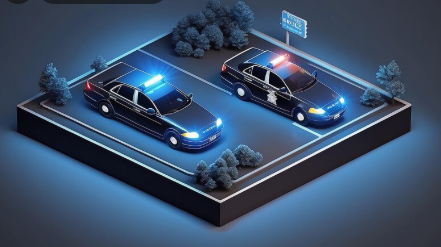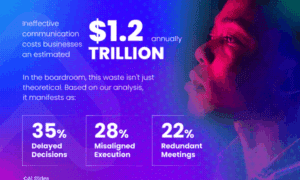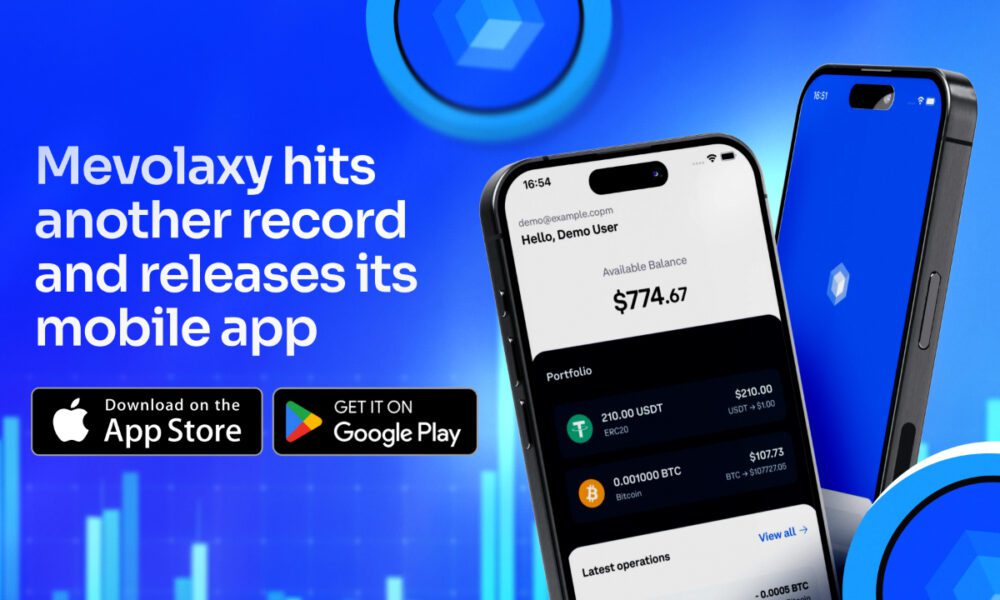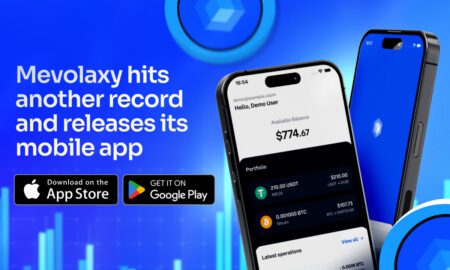Ensuring the safety of your vehicle has become increasingly vital in our fast-paced world. With the rise of innovative technology, all-around coverage for vehicle surveillance has transformed the security landscape. This holistic approach not only bolsters protection but also instills confidence in both drivers and fleet managers.
Understanding the key benefits of all-angle coverage reveals its significant impact on visibility, incident documentation, and deterrence against theft and vandalism. By recognizing these advantages, you can make informed decisions to protect your vehicle and enhance your overall driving experience.
What “All-Angle” Vehicle Surveillance Means
“All-angle” vehicle surveillance refers to a system that captures footage from multiple perspectives around a vehicle. This includes front, rear, and side views, providing comprehensive coverage. Advanced models, such as Vantrue N4S, offer a three-channel solution, allowing you to monitor all sides simultaneously.
This approach improves incident documentation and can deter theft. It allows you to replay events from various angles, enhancing clarity.
Key Features
- Multi-channel recording: Offers coverage from multiple angles.
- High-definition video: Records in 1080p, ensuring clear visuals.
- Loop recording: Automatically overwrites old footage, preserving storage.
- G-sensor: Detects collisions and locks the video files for protection.
This broad coverage minimizes blind spots, which is crucial for road safety. Wouldn’t it be beneficial to capture every angle?
Architecture of Multi-Channel / All-Angle Systems
All-angle surveillance systems utilize multiple cameras to provide a comprehensive view of the surrounding area, thereby enhancing safety and operational efficiency.
Multi-Lens Configuration (Front + Cabin + Rear)
N4S often features at least three cameras capturing front, cabin, and rear views. This setup enables a complete video record. Each camera works in sync, providing a wide-angle perspective that helps minimize blind spots.
Field-of-View (FoV) Strategy
Wide-angle lenses significantly extend the coverage area by overlapping fields of view. This strategy ensures no part of the environment goes unmonitored. Cameras remain effective in both urban and rural settings, adapting to diverse driving conditions and situations.
Mounting & Placement
Mounting locations for cameras include windshields, rear bumpers, and side mirrors. Strategically placing cameras maximizes visibility while minimizing blind spots. Weatherproof designs and night-vision features enhance reliability, ensuring optimal function even in adverse conditions or low-light environments.
This architectural setup delivers enhanced accuracy and security, supporting effective vehicle surveillance.
Imaging Technologies That Enhance All-Angle Evidence
Imaging technologies play a crucial role in enhancing all-around vehicle surveillance. Several advanced features contribute to capturing clearer and more reliable footage.
| Feature | Description |
|---|---|
| High-Res Forward Recording | Captures video at 4K for exceptional clarity and detailed documentation of incidents. |
| HDR Exposure Control | Balances bright and dark spots to minimize glare and enhance image clarity during recordings. |
| IR Cabin Illumination | Enhances visibility in low light, ensuring clear nighttime documentation of events. |
| Rear Night Performance | Provides clear footage of the vehicle’s rear in dim environments for safer reverse maneuvers. |
| Glare Mitigation | Reduces reflections to improve the clarity and evidentiary value of recorded footage. |
| License Plate Clarity | Captures clear details of license plates, aiding law enforcement during incidents. |
Control & Human Factors
All-angle vehicle surveillance systems improve interaction through various user-friendly features.
Voice Command Interface
Voice command interfaces allow you to control your camera system hands-free. This feature, present in some dash cam models, reduces distractions while driving. Just say a command to access different camera views or adjust settings quickly.
Remote Control Accessory
Remote control access gives you instant access to surveillance footage. Many systems permit real-time monitoring while your vehicle is parked. This feature adds an extra layer of security, enabling you to check your vehicle’s surroundings from a distance.
Device Feedback
Device feedback provides crucial information in real-time. Feedback from the system can alert you to potential issues or confirm actions taken, like starting recording. This streamlines your engagement with the system, ensuring you’re always aware of what’s happening around your vehicle.
Utilizing these features significantly enhances your driving experience, making it not only safer but also more efficient. Consider how these functionalities might fit into your daily routine.
Connectivity, Transfer & Management
All-angle coverage for modern vehicle surveillance offers enhanced connectivity and management through various technologies that optimize your vehicle’s safety and efficiency.
5GHz Wi-Fi
5GHz Wi-Fi supports high-speed data transfer for continuous video streaming. This feature enables real-time access to live footage, which can be essential for fleet management or personal safety. Devices like the N4S utilize this technology for faster uploads and updates.
App Integration
App integration allows you to control and monitor surveillance systems from your smartphone. You can receive alerts about movement around your vehicle, manage settings, and access recorded footage instantly. This functionality keeps you informed, no matter where you are, which can add peace of mind.
GPS Logging
GPS logging tracks your vehicle’s location in real time. This feature aids in route optimization and helps analyze driving patterns. It becomes especially useful for fleet operators, who can monitor vehicle usage and improve overall efficiency.
Continuous & Parked Surveillance
Continuous surveillance keeps your vehicle under watch, whether it’s in motion or parked. This coverage can help capture incidents such as vandalism or hit-and-run accidents, which can enhance your vehicle’s security.
Hardwire Requirement
Hardwiring systems into vehicles often ensures reliability. For instance, some systems connect directly to the car’s power system. This setup avoids reliance on battery life or wireless connections, maintaining consistent recording.
Buffered Motion Detection
Buffered motion detection captures vital moments. These systems retain footage, and when they sense movement, they record before, during, and after an incident. This process preserves crucial details without filling storage unnecessarily.
Impact-Based Recording
Impact-based recording activates when the system detects a collision. This feature ensures that you have video from critical moments surrounding an incident. It supports accountability by documenting events as they happen.
Low Bitrate Mode
Low bitrate mode optimizes storage. Systems in this mode record with a reduced data size, which helps retain more footage without sacrificing important details. It balances storage efficiency with video quality by prioritizing crucial information.
Time-Lapse Surveillance
Time-lapse surveillance can be particularly effective during periods of inactivity. The system captures frames over long durations at set intervals. This feature provides a condensed view of events around the vehicle, making it useful for monitoring parking environments.
Data Capacity & Evidence Retention
All-angle coverage systems feature advanced data capacity that sets them apart from traditional surveillance solutions.
These systems utilize high-definition recording, capturing clear footage that facilitates evidence retention. Real-time access to stored videos enables effective incident management.
Key aspects include:
| Feature | Description |
|---|---|
| High-Definition Recording | Provides clarity for incident documentation |
| Remote Access | Allows users to view footage from smartphones |
| Advanced Storage Solutions | Supports extensive data retention |
| Buffered Motion Detection | Captures crucial events surrounding incidents |
High-capacity storage options help retain important footage over time. Some systems record continuously, ensuring vital moments are never missed.
What does this mean for users? You gain access to reliable video documentation for claims or security needs. Having extensive evidence can strengthen your position in disputes, which is beneficial in various situations.
Using a smartphone app to track footage may enhance your ability to manage recordings. The convenience of accessing data with just a few taps is very practical.
Conclusion
All-angle coverage enhances vehicle surveillance significantly. Some systems offer multiple perspectives on a vehicle, improving safety and documentation.
Investing in all-around coverage offers practical benefits that can significantly enhance your driving experience.



































